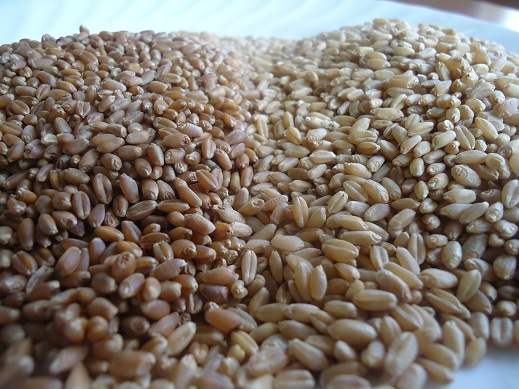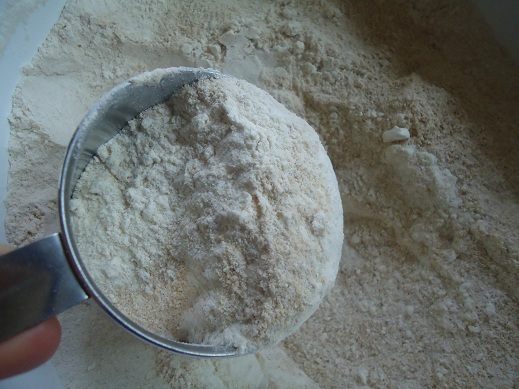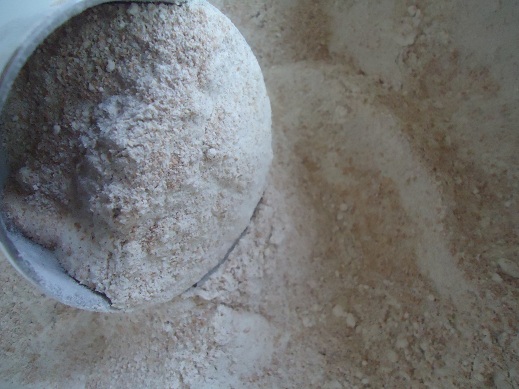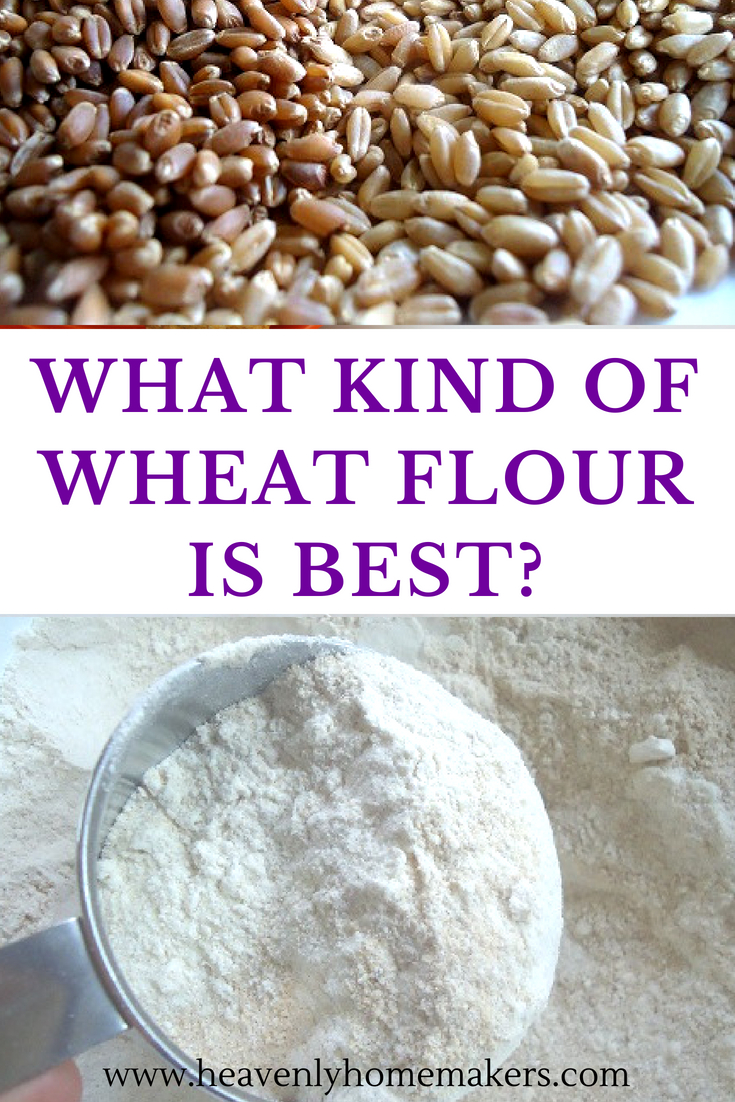Wanna see how easy it is to
grind wheat into flour in a Nutrimill?
——————————————-
I’ve talked about how I love freshly ground flour and about how I love my nutrimill. You’ve all helped me share about great sources for organic or chemical free grains. I’ve even written a letter to your husbands trying to convince them that getting you a grain mill is a fabulous idea.
But I’ve never taken the time to show you how a grain mill works. Is it hard to run? Does it take a lot of time? Do you work up a sweat using it?
The answer to all three questions is a definite no!
So many people have mentioned to me things like “I don’t know how you have time to grind your own flour. I barely have time to cook, much less make the flour for my baked goods.”
You’re welcome to continue to think that because I grind my own flour, I am a modern day wonder woman. Or, you can watch this video clip and learn the truth…
Did you see that? I put in the wheat, turned on the machine…and then I walked away and made lunch and did some dishes. Then I came back and had freshly ground flour. It doesn’t get any easier than that. And wow, this flour tastes more delicious than any you’ve ever had (in my opinion)!
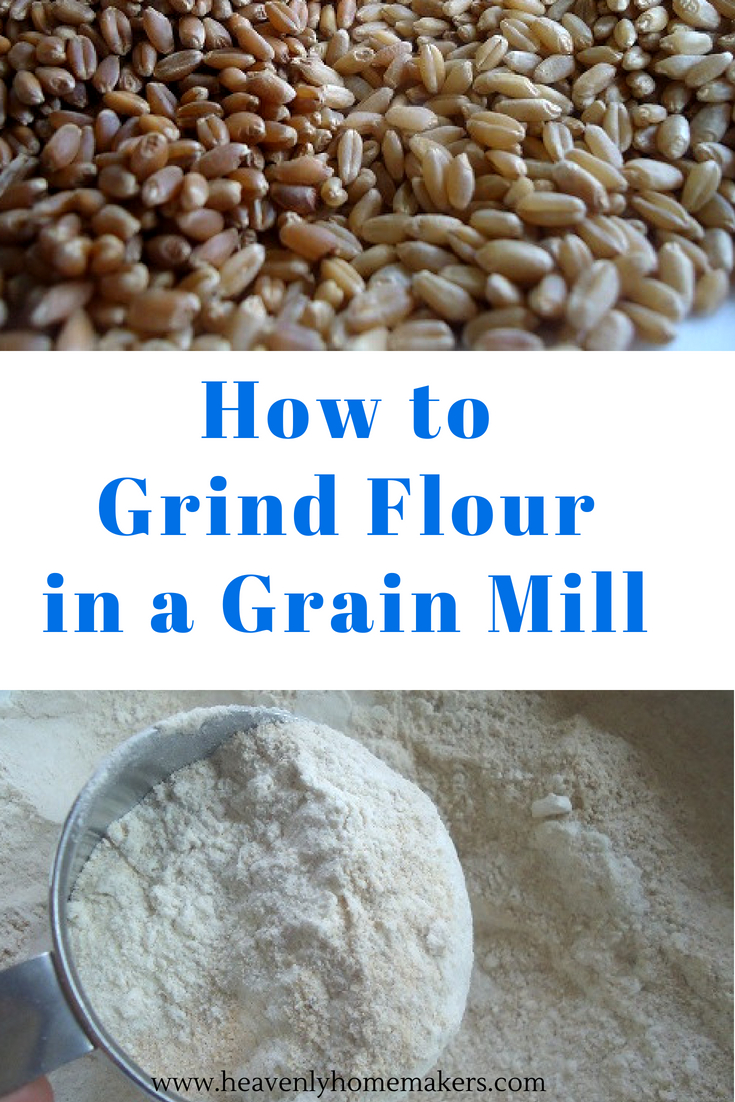
Check out the wonderful Nutrimill here!
This post was originally published June 1, 2010.

